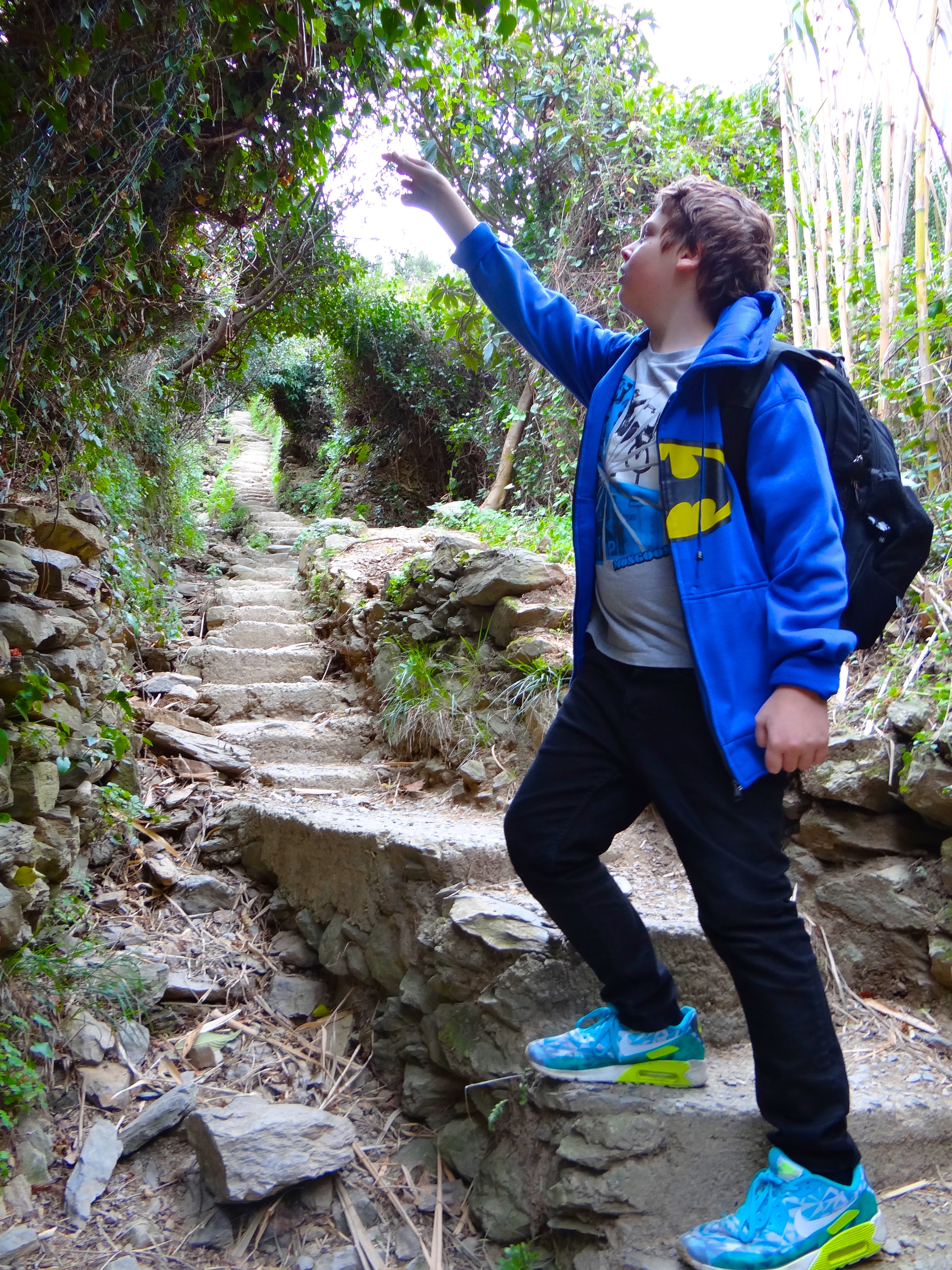
Hiking is a fun way to unwind and appreciate nature, especially when combined with a camping trip.
But perhaps the most enjoyable hike you will ever go on is your first one.
Beginners are often full of anticipation a few weeks before their big day.
Unfortunately, they fail to prepare for it.
They mistakenly assume that hiking is easy, only to discover the hard way that it is not.
Like everything else in life, you must prepare for it, especially if you are a beginner.
Here are eight essential tips first-time hikers should follow.

Going on Your First Hiking Trip?
Follow These 8 Steps
1) Stay Fit
Before heading out on your first hiking trip, make sure you are in tip-top shape since hiking is much more taxing than many people think. It may look easy, but it is more than just taking a walk in the woods.
Remember that you’ll have to carry a heavy backpack full of supplies and hiking gear for long distances on uneven terrain. The weight can eventually put a strain on your muscles and joints, and throw you off-balance, especially when fording rivers.
To endure the rigors of a hike, do some simple exercises in the weeks leading up to your first trip. Climb stairs instead of taking an elevator, do some light weight training in a gym or go for long walks. When the big day comes, you will be grateful for these exercises, believe me.

©Exploramum and Explorason – practice with your camp stove at home first
2) Test Your Gear
As this will be your first hiking trip, your hiking gear will probably either be new or borrowed. In short, you have not tested it, and untested gear has no place in the wilderness. You might discover when it is too late that your tent leaks, your flashlight does not work, or your camping stove is low on fuel.
To avoid making these and other rookie mistakes, practice using your gear before you leave. Start by setting up your tent in the backyard, and repeat this task until you do it not only right but fast as well. Remember that when hiking, you may have to pitch a tent in a hurry, in a storm, or in the dark.
Next, cook a meal on your camping stove to give you an idea of its fuel capacity, and to learn its limitations. Also, test your backpack to understand how best to organize your gear in it. Finally, make sure you have a first-aid kit; your life could depend on it.

©Exploramum and Explorason – Sunrise hike in Guatemala
3) Pack Proper Clothing
After testing your gear, you should now focus on your supplies, starting with clothing. A common question asked by first-timers is: what should I wear on a hike? The first rule of thumb on hiking clothes is this: wear anything warm and comfortable. The second is that the clothes must still be comfortable after long periods of exertion.
However, avoid wearing cotton. Although it is warm when dry, cotton retains moisture when it gets wet. So, if you wear cotton in cold climates and you get wet, you risk getting hypothermia. Another material to avoid is denim. Not only is it heavy, but it also restricts your movement, especially on steep slopes.
Finally, avoid wearing short-sleeved tops and shorts. They expose your skin to thorns or the abrasive action of bushes. But whichever clothes you pack, make sure you throw in a hat to shield you from the sun.

©Exploramum and Explorason – Hiking can include uneven pathways – wear correct footwear
4) Pack Proper Footwear
Walking is the main activity you do when hiking, so your shoes largely determine how comfortable your hike will be. Wearing the wrong shoes not only causes you pain but also increases your likelihood of being in an accident.
For this reason, the best hiking shoes are, of course, hiking boots. If can’t get your hands on hiking boots for some reason, then wear running shoes or any athletic footwear, for they are just as comfortable to walk in. That said, keep away from brand new shoes, hiking or otherwise. They will leave your feet full of blisters. If you have to wear them, buy and then wear them for a week or two before your trip.
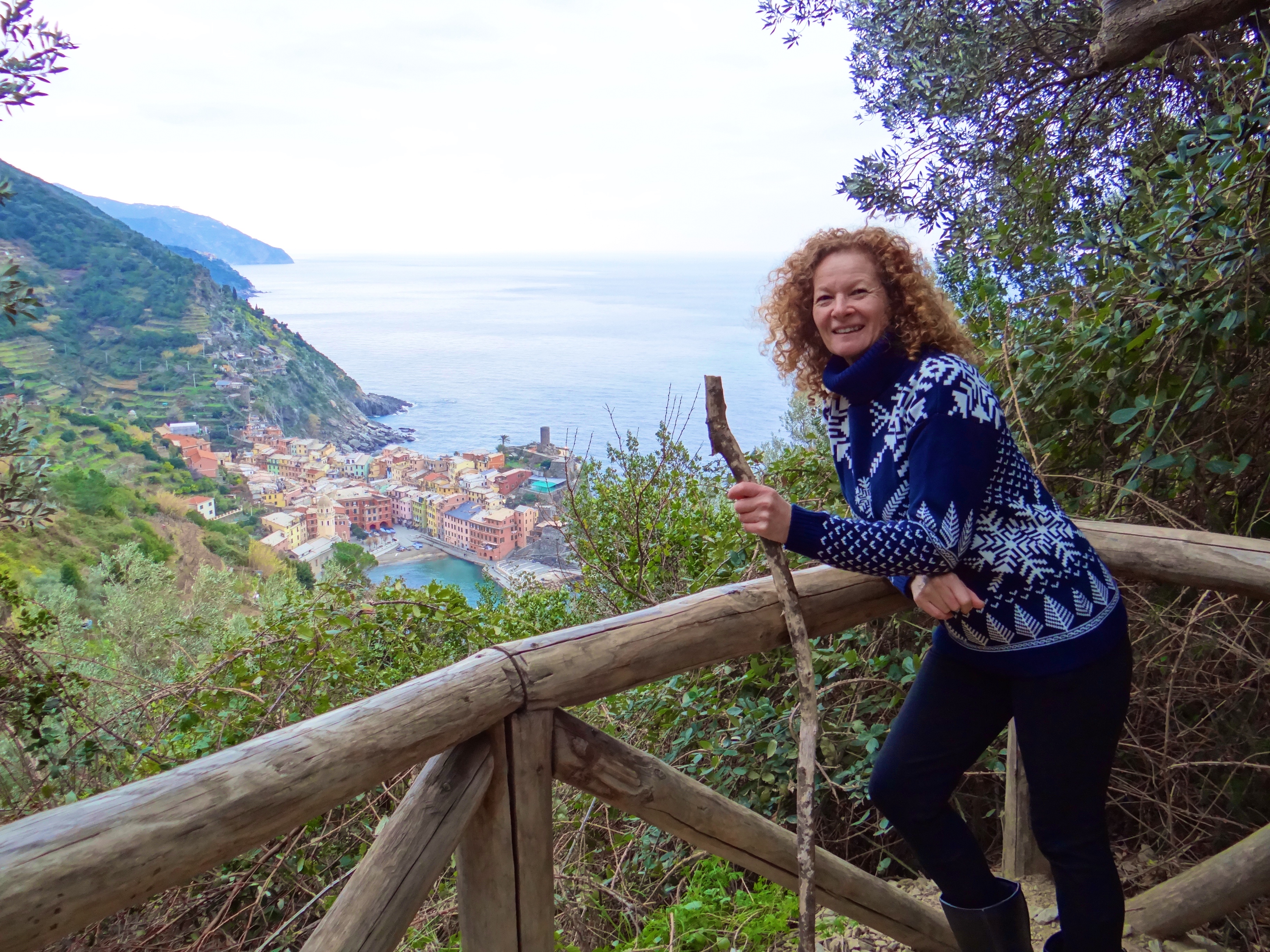
©Exploramum and Explorason – Caught out in Cinque Terre without proper hiking gear or poles was a challenge I hope I never repeat.
5) Pack Some Hiking Poles
Like hiking shoes, hiking poles make walking that much easier. For one, they function as an extra leg when you are on uneven ground, and on downhill grades, they reduce knee strain. More importantly, they stop you from falling when you lose your balance. They don’t snap like a branch could either.
But as a newbie to hiking, you are probably wondering about which poles to buy, where to buy them, and how much they cost.
For that information, you will have to look through hiking poles buying guides.

©Exploramum and Explorason – Pack healthy snacks and water
6) Pack Enough Water and Snacks
During the trip, try to carry more food than you need for that day. Why more than enough, you ask? Well, the extra food comes in handy if you happen to either get lost or stay out longer than you planned. As you pack the food, include snacks high in protein and fiber. You will need then when you run low on energy. Also carry chocolate bars, dried fruit, and a variety of nuts.
As far as water goes, you can never carry enough. You will be surprised to learn that on a hot day, a hiker needs two liters of water every two hours to stay hydrated. If you find the prospect of carrying too much water untenable, bring along some water filtration tablets just in case your water runs out.
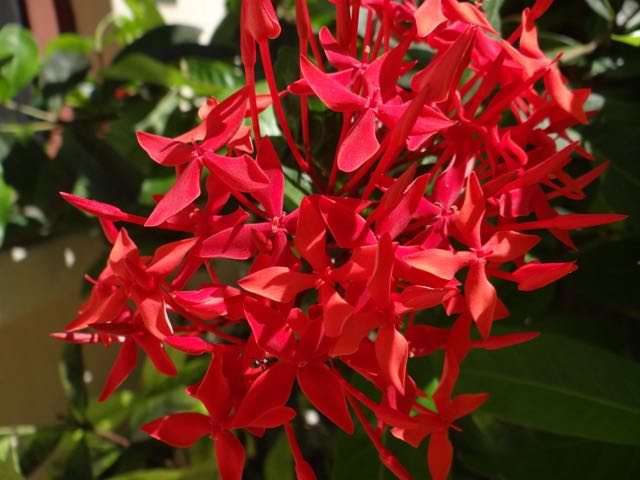
©Exploramum and Explorason – hiking is a great way to enjoy the fauna and flora
7) Start Early and Start Small
When your big day finally arrives, leave early – that is in the morning or early afternoon. The last thing you want is for dusk to set in when you are out on a strange trail or a long distance from your car. This is how novice hikers get lost.
Also, take it easy on your first day, and leave multi-day hikes as well as expert trails to expert hikers. Instead, stick to one-day hikes, and where possible, to guided or beginner trails to reduce your chances of getting lost.
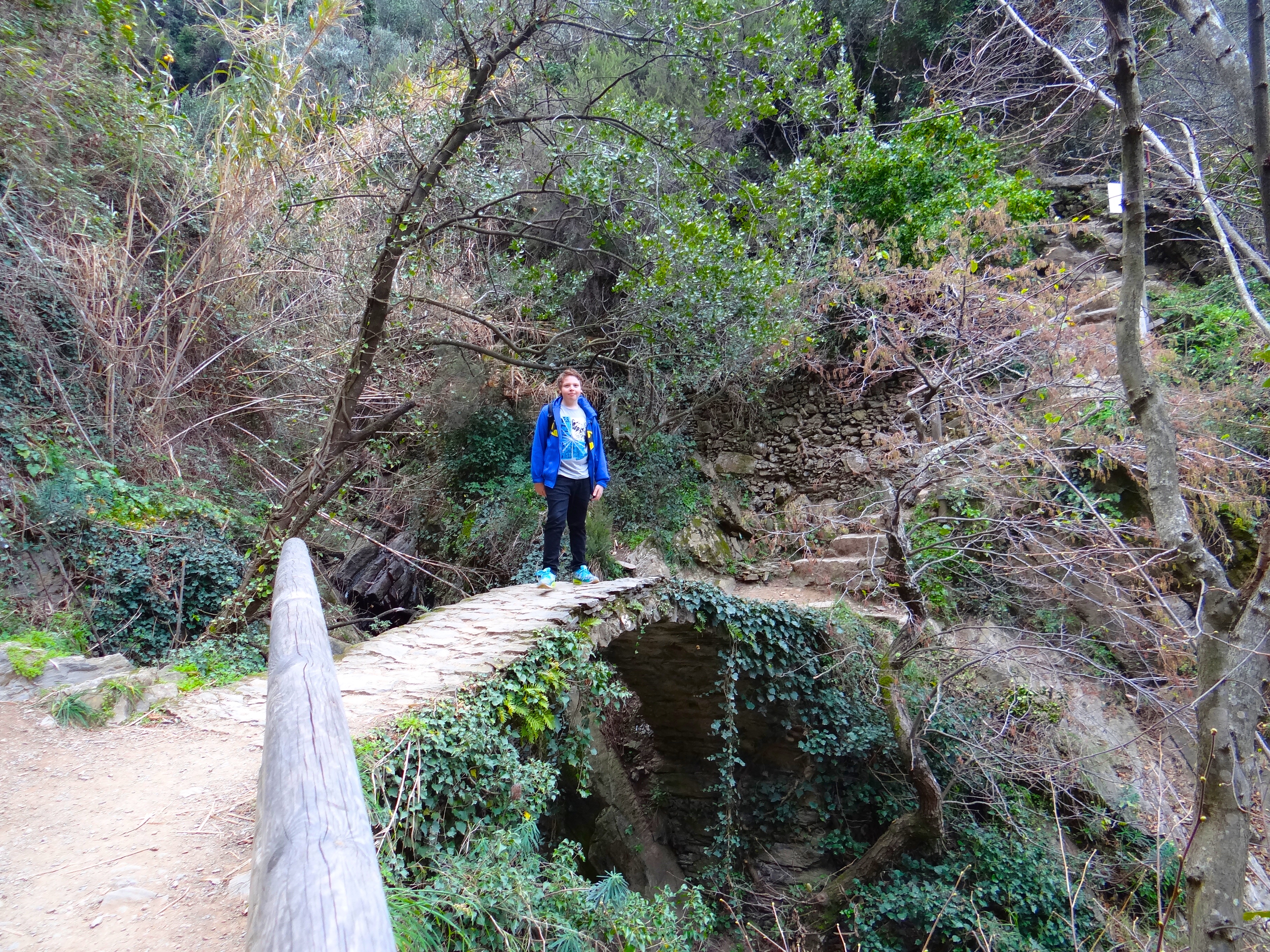
©Exploramum and Explorason – practice hiking – start out on short hikes
8) Do Not Hike Alone
The likelihood of getting into an accident reduces as your hiking skill increases. In the event of an accident, having a companion could save your life. So, until you become an experienced hiker, hike in a group and not by yourself.
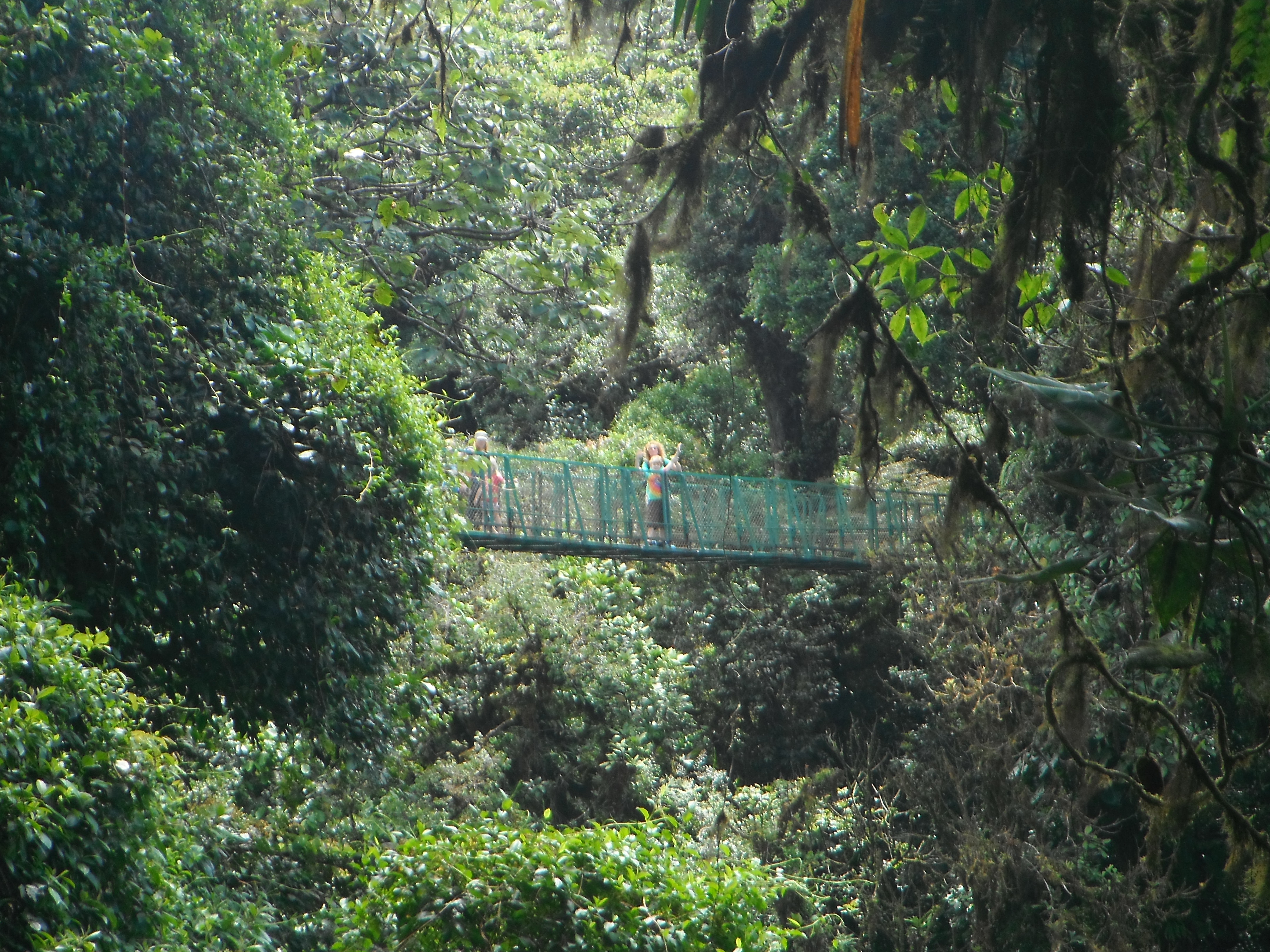
©Exploramum and Explorason – We went hiking in the tropical country of Costa Rica
Conclusion
To prepare for your first hiking trip, exercise and stay fit.
Also, test your gear to avoid surprises when out in the wilderness, and pack the items you will need.
Start by packing the right clothing and the right footwear.
But as you do so, avoid taking cotton, denim, or new shoes with you on your trip.
Next, pack some hiking poles, enough water, and plenty of snacks.
And when you finally set off on your trip, leave early and do not take on too much too early.
Finally, hike with a friend and not alone.
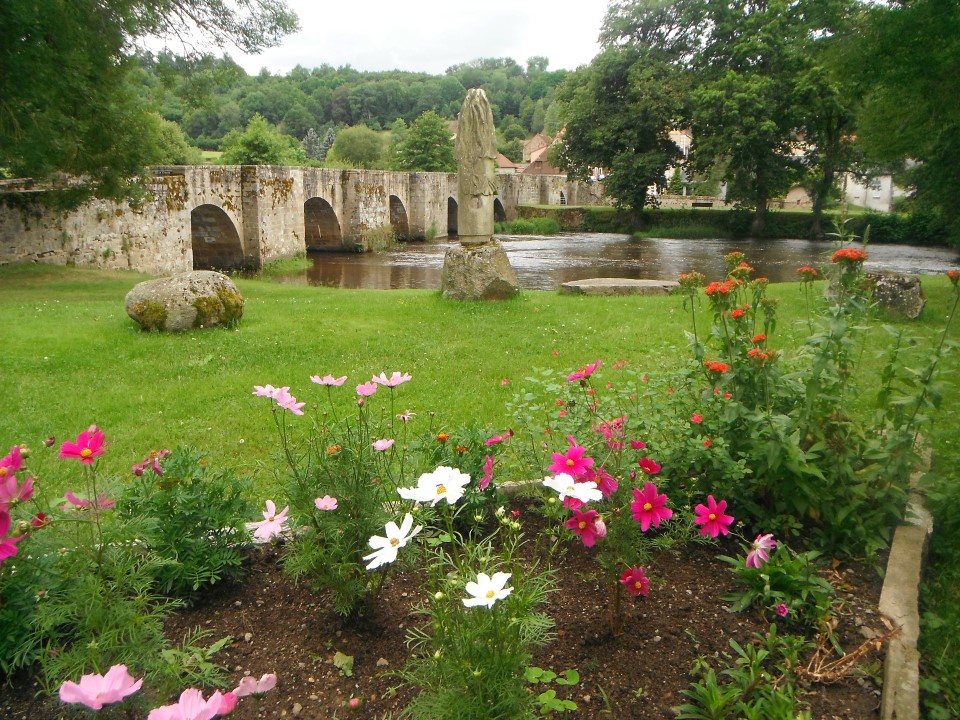
©Exploramum and Explorason – We went hiking in country France
I may receive monetary compensation or other types of remuneration for my endorsement, recommendation, testimonial and/or link to any products, collaborative and other posts, services etc from this blog. Please read the disclosure below.
Looking for the best spot to hike?
CLICK HERE
Questions and Comments
- Before reading this article, which are some of the mistakes you feel you would have done if you never read this article before your first hiking trip?
- If you have been on a hiking trip before, do you have any more ideas on how to have a great hiking trip?
- Feel free to leave us a comment in the comments section below. We will be pleased to hear from you.

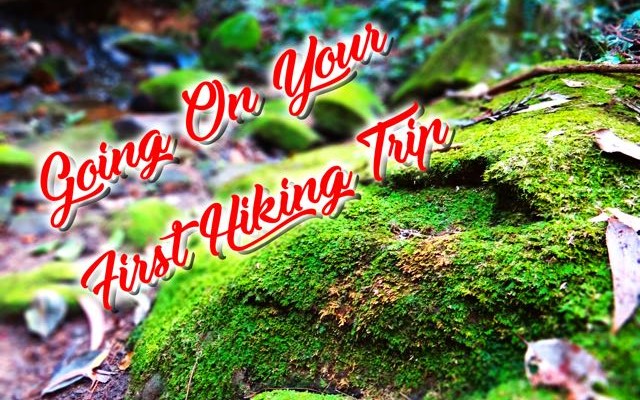












Awesome tips for beginners and pros! Hiking is an amazing activity and your post is very inspiring!
I wish I had known these tips earlier in our travels! Hope you are enjoying life wherever you are …..
Those are great tips! I also think it’s important to note that footwear for KIDS is just as important as adults. It’s so easy to think they can hike in anything, but sturdy footwear that you break in (like you mentioned in your post) really does make a huge difference. And happy kids = happy hiking family too!